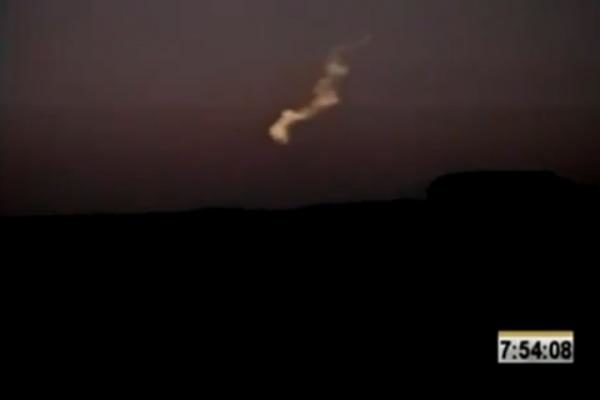OF THE
TIMES

The meteor on this video was recorded over Spain on 2019 January 27 at 0:22 local time (equivalent to 23:22 universal time on Jan. 26). It was generated by a rock from a comet that hit the atmosphere at about 80,000 km/h. It began over the province of Albacete at an altitude of about 97 km, and ended at a height of around 65 km.
"Well at about 6:19 pm yesterday evening a couple of people called in and said they heard this loud boom in the county. We went to check on it in the area, and we never found anything," said Jackson County Sheriff Paul
It's the conversation of the county. Last night, Jackson County 911 dispatch received a handful of reports of an earth-shaking sound.
"Well at about 6:19 pm yesterday evening a couple of people called in and said they heard this loud boom in the county. We went to check on it in the area, and we never found anything," said Jackson County Sheriff Paul Hays.
Devonna Hisel lives in the northern part of the county, she says the mysterious boom shook the foundation of her house and scared a few of her neighbors. "We've had it shake the house before but not this much. We have a little dog that jumped and that never happened before," said Hisel.
From a transformer blowing to blasting at the rock quarry, a sonic boom, and even fracking, none of these are plausible and offer no possible insight as to why the boom happened. Many others reported the loud boom in parts of Madison, Estill, and Rockcastle counties as well. Forget the birdbox and the blindfold, grab the ear plugs next time your passing through Jackson County.
Comment: Six years later in 2019, Cuba has been rattled by the detonation in the upper atmosphere of ANOTHER large bolide in February!
Meteor EXPLODES, shatters windows in Pinar del Río, Cuba - after streaking over Florida Keys